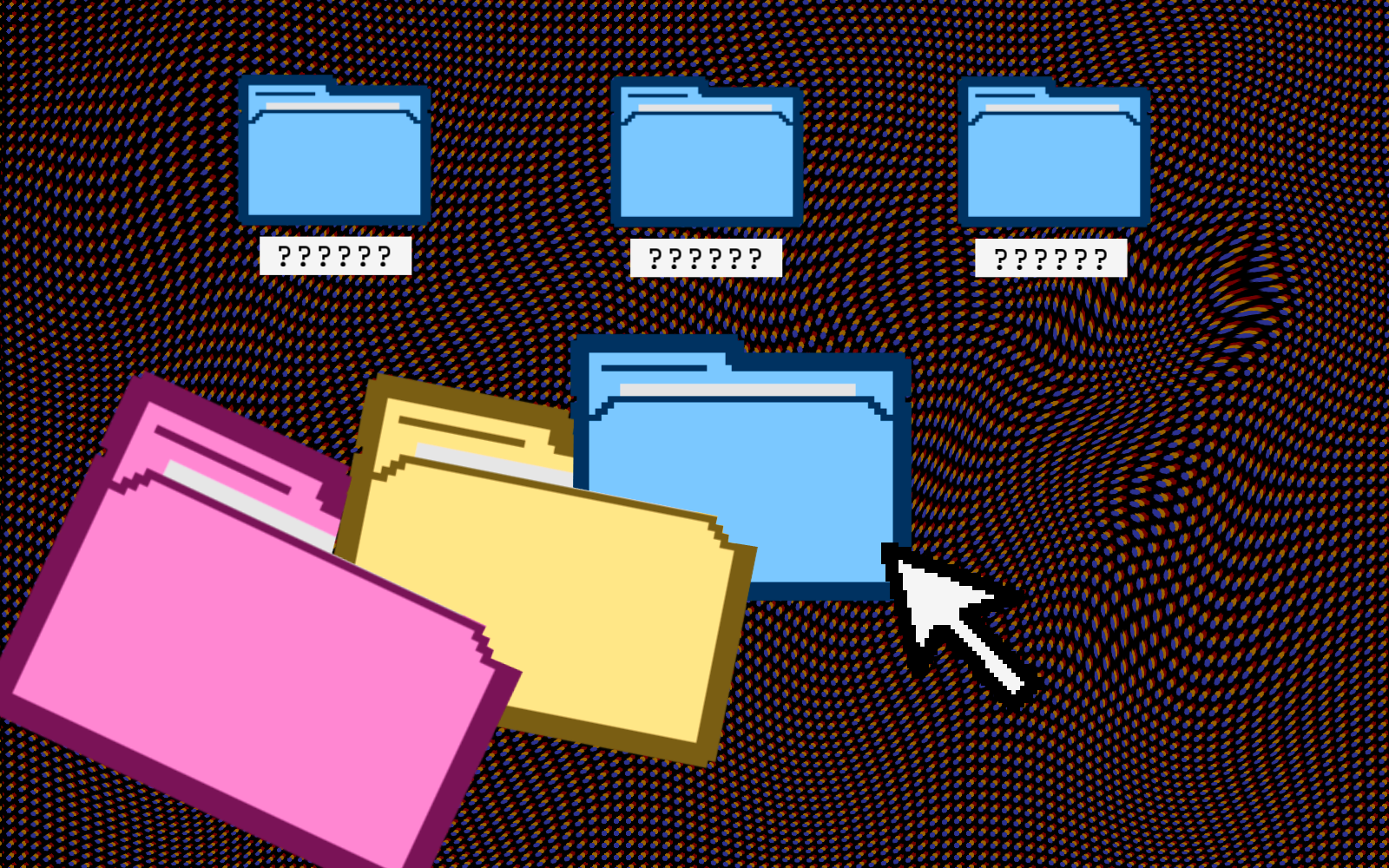Recent study shows nearly half of Gen Z gave up on filing their digital documents
I was stunned when Philippe Gingras, creative writing and scriptwriting student at Université de Montréal, opened his laptop in front of me. With a B&W Charlie Chaplin movie wallpaper and images like old-school typewriters to replace those boring file icons, the 25-year-old’s desktop looks like a cool vintage poster.
“I see so many people in class whose desktops are really messy, and it kind of disturbs me,” he said, adding that his own desktop reflects his passions and motivates him.
However, messy desktops are pretty common among Gen Z — those currently aged between 11 and 26. According to file encryption company Nordlocker, almost half of Gen Z respondents leave all their documents on their desktop without a home.
Concordia journalism student Alexa Toguri-Laurin said her old laptop was very messy. She recently got a new laptop and worked hard to organize it better than the last one. “It doesn’t look too messy on my screen, so it doesn’t cause me too much anxiety every time I open my computer.”
The study shows 45 per cent of Gen Z respondents simply use their search bar, or the lovely CTRL+F (or CMD+F for Apple users) to find files rather than look for them.
While Toguri-Laurin agrees the search option on her computer comes in handy, it’s useless without a consistent labeling system for your files. For her, naming files strategically is much simpler and less chaotic. “There’s so much sensory overload with how messy my desktop was,” she said. “It was so overwhelming for me to scan through my entire desktop and fish out one particular document.”
Tips and tricks from fellow university students
The human brain requires order to focus better. According to a Harvard Business Review article, messy spaces are mentally exhausting and affect your ability to concentrate. Sarah-Maude Dussault, school and adaptation student from Université de Sherbrooke, uses an iPad but organizes her files thoroughly in Notability. “I have attention deficit disorder (ADD), so if I don’t save it, it never existed in my head,” she laughed.
So, how do we organize our desktops?
Language and linguistics student at Université du Québec à Trois-Rivières and journalist Rosie St-André shared some handy tips. She explained that she learned how to organize her computer by watching YouTube and TikTok videos. She said that watching creators like Julia K. Crist, her favourite on YouTube, organize their digital space motivated her to do the same. “It also helps you identify what kind of style you like,” she said.
After watching a few videos, St-André decided to make her own wallpaper on Canva, where she could design and colour-code her background as she pleased. She split it into three sections: school, work, and finances. She also added a motivational quote and some pretty pictures for the aesthetics.
Organization as motivation
“I feel like people get discouraged when it comes to studying because it’s so complicated to get set up for it,” said Gingras. “It isn’t hard to study, it’s just hard to sit down and do it.”
For him, having an organized desktop means sitting down and avoiding a 15-minute search for his documents. We know it – motivation comes in temporary bursts. We need to seize it while it’s there. “I love knowing that I won’t have to search for my documents every time I sit down to get some work done,” said St-André.
Although Toguri-Laurin admits her desktop isn’t your typical aesthetically pleasing desktop from Pinterest, she’s happy with her progress. “It’s an example of how much better I am at organizing my life and making things better for myself,” she said. “I’m really proud of myself for accomplishing that, because I don’t have to stress myself out like I did five years ago.”
